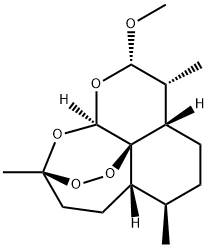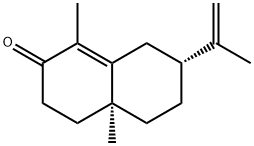PRODUCT Properties
| Melting point: | 145°C |
| Boiling point: | 394.13°C (rough estimate) |
| Density | 1.0536 (rough estimate) |
| refractive index | 1.5404 (estimate) |
| Flash point: | 9℃ |
| storage temp. | -20°C |
| solubility | Soluble in Chloroform,Dichloromethane,Ethyl Acetate,DMSO,Acetone,etc. |
| form | Oil |
| pka | 9.68±0.40(Predicted) |
| color | Crystals |
| InChI | InChI=1S/C21H30O2/c1-5-6-7-10-17-14-19(22)18-11-13-21(4,23-20(18)15-17)12-8-9-16(2)3/h9,11,13-15,22H,5-8,10,12H2,1-4H3 |
| InChIKey | UVOLYTDXHDXWJU-UHFFFAOYSA-N |
| SMILES | C1(C)(CC/C=C(\C)/C)OC2=CC(CCCCC)=CC(O)=C2C=C1 |
| LogP | 8.560 (est) |
Description and Uses
Cannabichromene (CBC) is one of the most abundant cannabinoids found in the cannabis plant, next to CBD, THC, and CBG. It is particularly abundant in freshly harvested dry-type Cannabis material, and it is the second most abundant cannabinoid in some strains of marijuana growing in the USA. Like CBD, CBG does a poor job of binding to the endocannabinoid system's CB1 and CB2 receptors and is a non-psychoactive compound. Instead, CBC has been observed to have unique interactions with TRPV1 and TRPA1 receptors (vanilloid 1 and ankyrin 1 receptors). It has modest antinociceptive and anti‐inflammatory effects and potentiates some effects of Δ9‐tetrahydrocannabinol in vivo[1–2].
Safety
| Symbol(GHS) |    GHS02,GHS06,GHS08 |
| Signal word | Danger |
| Hazard statements | H225-H301+H311+H331-H370 |
| Precautionary statements | P210-P260-P280-P301+P310-P311 |
| RIDADR | UN1230 - class 3 - PG 2 - Methanol, solution |
| WGK Germany | 1 |
| HS Code | 9999999999 |
| Toxicity | dni-hmn:lyms 100 mmol/L FEPRA7 36,1748,77 |




